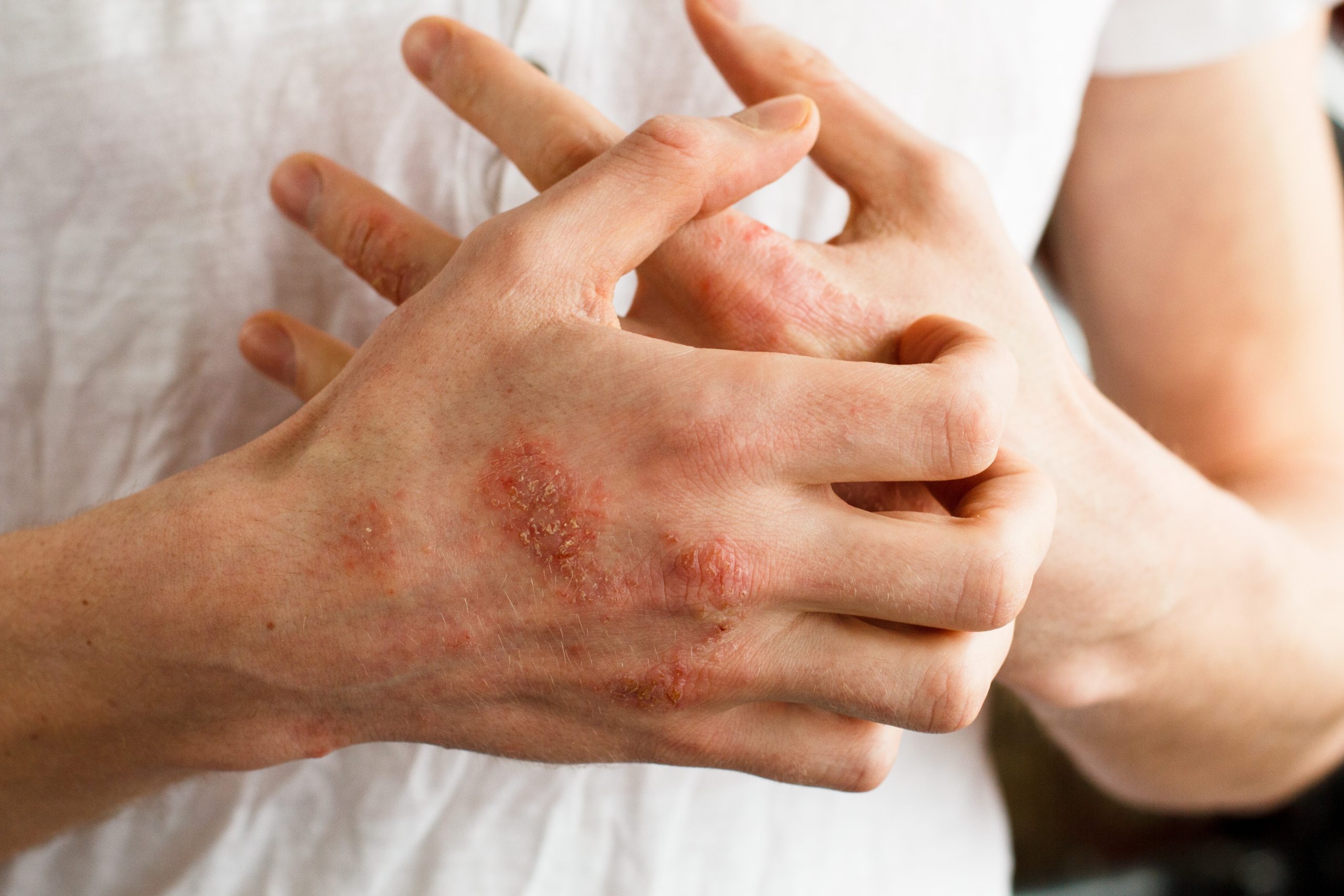What is the difference between Level 1, 2 and 3 Face Masks?
Choosing the right type of face mask has never been more crucial than now, and although large quantities of quality face masks may be hard to source, it’s important not to simply select the cheapest, or those available in the largest quantities. Take your time to find one that is the right grade for your application, to ensure you get the safest and most relevant protection possible.
Surgical face masks are generally graded through ASTM (American Society for Testing and Materials), which publishes the technical standards for products, materials, systems and the likes. There are currently around 12,000 ASTM standards in use worldwide.
Not all masks are graded so make sure you check that your product of choice has an ASTM grade or is from a reputable manufacturer. This will ensure you are comfortable that you have the appropriate level of protection, and thus minimising the risk in your workspace, whether it be surgery, pathology, or research.
Ensure you find masks which have the ASTM level printed on the box, with the level of fluid resistance (see table below) shown. If this is not present, the masks are non-compliant with Australian standards and regulations.
Which mask is which?
As per the test results, masks are rated numerically, on the barrier performance of the material.
- Level One: Low barrier protection. Only for general use, not used for aerosols, spray or fluids.
- Level Two: Moderate barrier protection. Use for low to moderate levels of aerosols, spray and/or fluids.
- Level Three: Maximum barrier protection. Use for high risk of fluid, spray and/or fluids.
Key Testing Metrics:
Masks are tested to five key performance criteria:
- Bacterial Filtration Efficiency: measures and tests the bacteria filtered out by the mask (larger than three microns).
- Particulate Filtration Efficiency: measures and tests the particles filtered out by the mask (larger than one micron).
- Fluid Resistance: evaluates and tests the resistance of the face mask to the penetration of approximately 2 mL of synthetic blood at a high velocity. Based on visual evidence, the mask either passes or fails the test.
- Breathability: tests the resistance of the face mask to a controlled airflow driven at the mask. Lower breathing resistance results indicates a higher level of comfort for the user.
- Flammability: tests the time required for an exposed flame to proceed up the mask material at a distance of five inches. Normal flammability is known as Class One.
The more resistance the mask offers to any of these criteria, the higher the grade, and thus the higher the protection. Higher protection masks are more suited to surgery or working with chemicals, however, will not protect again vapours, which will need a respirator.
It is important to ensure you are thorough with your research to find the most appropriate PPE when procuring. Get in touch with a PPE consultant at Santé for specification sheets for Level 1, 2 and 3 face masks.
| TEST | Level One Mask | Level Two Mask | Level Three Mask |
| ASTM F1862 (Fluid Resistance) | 80 mmHg | 120 mmHg |
160 mmHg |
| MIL-M-36954 C (Breathability) | <4 mm H20 | <5 mm H20 | <5 mm H20 |
| ASTM F2101: Bacteria Filtration Efficiency (BFE) (Filtration 3μm) | ≥ 95% | ≥ 98% | ≥ 98% |
| ATSM F2299: Particle Filtration Efficiency (PFE) (Filtration 1μm) | ≥ 95% @ 0.1 micron | ≥ 98% @ 0.1 micron | ≥ 98% @ 0.1 micron |
| 16 CFR Part 1610 (Flammability) | Class One | Class One | Class One |
In conclusion, it is of also of note that even the ASTM-Rated face masks do not necessarily provide all the respiratory protection from airborne diseases. To further reduce the risk of breathing in airborne disease particles, a fit-tested respirator is required. For more information on Surgical Respirators, read our Product Focus on N95 NIOSH-Approved Respirators.




